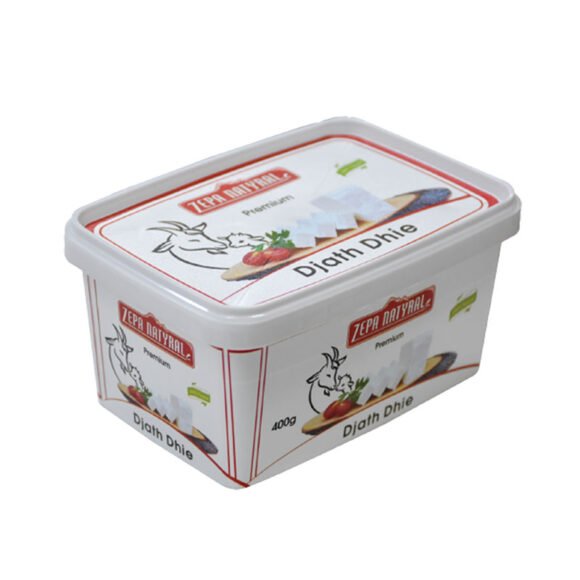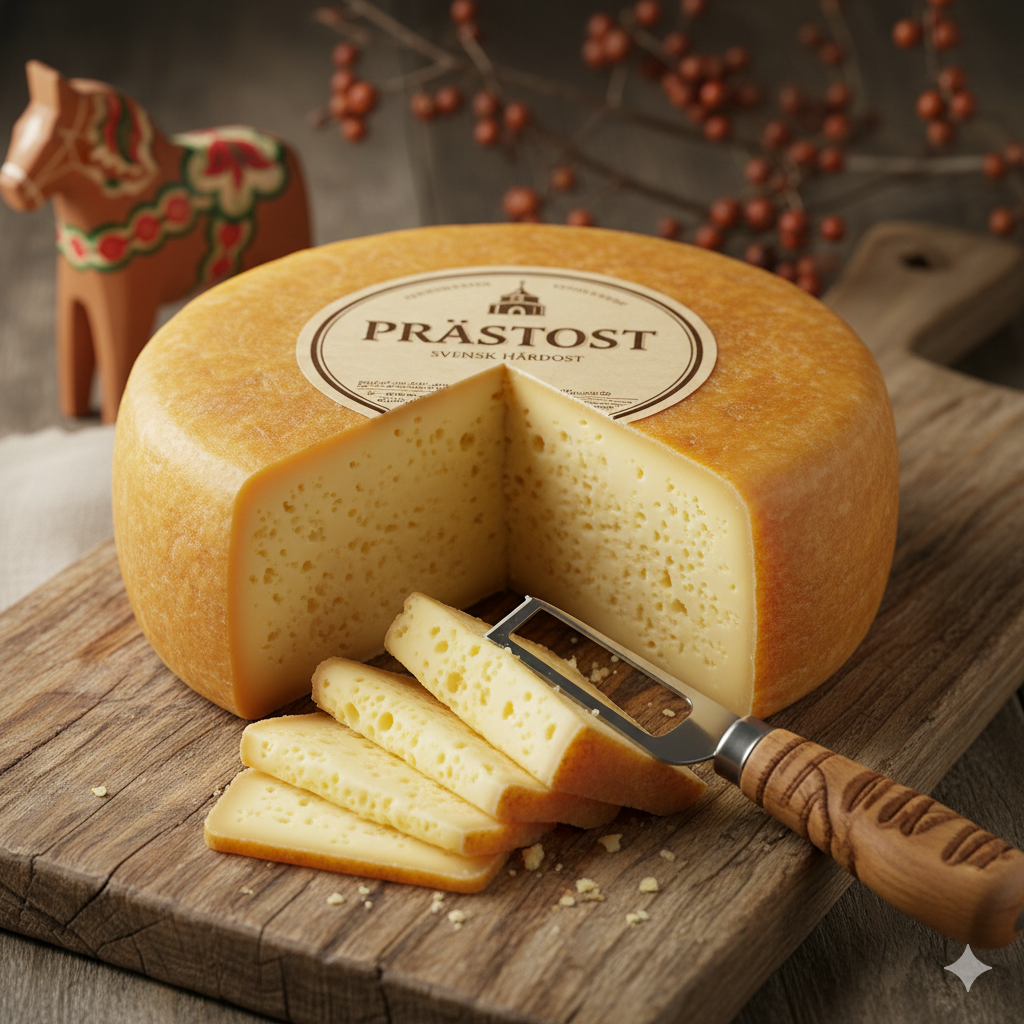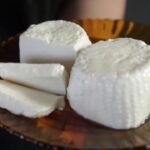Djathë i Dhisë—often written simply as Djathë, Djathe, or “Albanian goat cheese”—is one of Albania’s most cherished culinary treasures. This traditional cheese, made primarily from fresh goat’s milk, carries a rich heritage rooted in mountain villages, artisanal craftsmanship, and generations of cheesemaking knowledge.
Whether you are exploring Albanian cheese varieties or discovering traditional Balkan flavors, Djathë i Dhisë stands out for its bold taste, natural ingredients, and authentic production methods that remain largely unchanged for centuries.
What Is Djathë i Dhisë?
In the Albanian language, the word djathë simply means cheese.
“Djathë i dhisë” translates specifically to goat cheese—a style loved across northern and southern Albania.
Known for its:
-
White color
-
Semi-soft to firm texture
-
Clean, tangy, slightly salty flavor
-
Distinct goat-milk aroma
It is a staple of rural households and a symbol of Albania’s agricultural heritage. Many families still produce it using milk from free-grazing goats that roam Albanian mountains, making the cheese both flavorful and nutrient-rich.
A Taste of Albania’s Dairy Tradition

Albania’s geography—mountains, valleys, and unspoiled pastures—provides ideal conditions for goat farming. This results in exceptional milk, which directly influences the quality of Albanian goat cheese.
Compared to cow’s milk cheese, Djathë i Dhisë has:
-
Higher butterfat content
-
Brighter, sharper flavor
-
Creamier yet crumbly texture
Goat milk cheeses in Albania are considered more artisanal than mass-produced varieties found elsewhere in Europe.
How Djathë i Dhisë Is Made
Traditional production of Albania cheese involves simple, natural methods:
-
Fresh goat’s milk is collected—often from local farms where goats graze wild herbs.
-
The milk is warmed gently and combined with natural rennet.
-
Once curds form, they are hand-cut and drained.
-
The cheese is pressed into molds, creating its white, compact structure.
-
Finally, it is salted or brined, depending on the regional recipe.
This process gives Djathë i Dhisë a long shelf life and a refreshing, salty finish that distinguishes it from other Albanian cheeses.
Flavor Profile: What Makes It Special?
Djathë i Dhisë is known for its rich, rustic character. Expect:
✔ Tangy, slightly acidic notes
From the natural goat milk.
✔ A creamy yet crumbly bite
Perfect for slicing or crumbling over dishes.
✔ Natural herbal undertones
Because goats graze freely, the milk is infused with flavors from mountain herbs.
✔ Mild saltiness
Especially in brined versions common in southern Albania.
Fans of Mediterranean cheeses like feta, beyaz peynir, or Greek mizithra will find Djathë i Dhisë familiar—yet distinctly Albanian.
Different Albanian Cheese Varieties Related to Djathë
Albania is home to several delicious cheeses, but goat cheese remains a favorite. Here are common types found across the country:
1. Djathë i Dhisë (Goat Cheese)
Bright, white, tangy, rich—most traditional.
2. Djathë i deles (Sheep Cheese)
Creamier and more aromatic.
3. Djathë i lopës (Cow Cheese)
Milder and softer, often used in cooking.
4. Kaçkavall
A firmer, yellow cheese made from cow, sheep, or goat milk.
5. White Cheese Albania (Djathë i Bardhë)
A feta-like brined cheese popular across the Balkans.
Knowing these varieties helps travelers and food lovers recognize the diversity of Albanian cheese varieties.
How to Enjoy Djathë i Dhisë
Albanian goat cheese is incredibly versatile. Here are the most popular ways it’s used:
1. As a Breakfast Classic
Often served with:
-
Tomatoes
-
Cucumbers
-
Olives
-
Warm bread
This is the most traditional Albanian way to enjoy it.
2. In Salads
Crumble it over green salads or mix into a simple Mediterranean-style bowl.
3. With Byrek (Albanian Pie)
Byrek me djathë (cheese pie) is a national favorite.
4. As a Table Cheese
Served with wine, fruit, honey, or cured meats.
5. In Hot Dishes
Though it doesn’t melt like mozzarella, it softens beautifully in baked dishes.
Health Benefits of Albanian Goat Cheese
Goat cheese is widely considered more digestible than cow cheese. Djathë i Dhisë offers:
-
High-quality protein
-
Healthy fats
-
Lower lactose
-
Probiotics (in brined versions)
-
Calcium & essential minerals
For people sensitive to cow’s milk, this is a great alternative.
Where to Buy Djathë i Dhisë Outside Albania
If you’re searching for Albanian goat cheese, look for these terms at Balkan, Mediterranean, or specialty markets:
-
Djathë i dhisë
-
Albanian white cheese
-
Balkan-style brined cheese
-
Goat feta (closest substitute)
While it can be hard to find, the flavor is unmatched and worth the search.
Why Djathë i Dhisë Represents Albanian Culture
This cheese is more than a food—it is a symbol of:
-
Rural heritage
-
Ancient shepherding traditions
-
Family craftsmanship
-
Authentic Balkan cuisine
Every bite reflects the natural environment and cultural traditions of Albania.
Conclusion: Experience the Authentic Taste of Albanian Goat Cheese
Djathë i Dhisë remains one of Albania’s most treasured cheeses—flavorful, natural, and deeply connected to the country’s identity. Whether you’re exploring international cheeses, cooking Albanian recipes, or just curious about cheese in Albanian culture, this goat cheese delivers a taste that is rustic, pure, and unforgettable.


